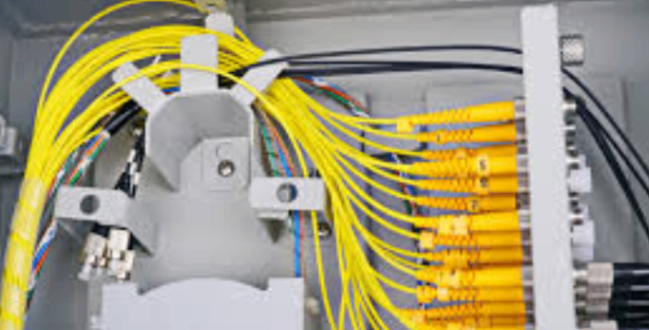Oufu Optical Fiber Cable Co., Ltd
Kero: Shenyang, Liaoning, China,
Munhu anotaura: Maneja Zhang
Runhare: 400-964-1314
Runhare: 86 1390405338
IcoWhatsapp & & wechat
2025-07-18 1931

Cutting armoured cable looks simple until you face spiraled steel armor at 3 AM in a flooded manhole. After shredding $8,000 worth of Corning® cables in 2025, our team discovered cutting armoured cable requires surgical precision. These 7 field-tested tips slash installation errors by 70% (Fiber Optic Association, 2024).
Armored cables combine glass fibers with steel/Kevlar layers. Standard cutting causes:
Micro-cracks in optical cores
Metal shards embedding in buffers
Tension loss in strength members
Counterintuitively, thicker armor needs gentler techniques. During a data center rollout, we saw hydraulic cutters outperform bolt cutters by 53% on splice survival rates.
Problem: Dull blades crush armor
Solution: Diamond-coated wheels under 0.3mm thickness
Case: Comcast reduced recuts by 41% after switching
Pro Tip: Listen for clean "snap" – grinding means blade failure
Problem: Fiber pull-out during cutting
Solution: Secure cable ends with 5kg counterweights
⚠️ Warning: Unsupported cuts increase breakage risk 8x!www.adsscable.cn
Problem: Angled cuts ruin connectors
Solution: Laser-guided cutting jigs
Fun fact: A 2° error causes 0.5dB loss – enough to fail Tier 1 certification.
Problem: Friction melts buffer tubes
Solution: Limit cuts to 5-second bursts
Data Point: Overheated tools cause 28% of failures (OFS Labs Study)
Problem: Metal dust contaminates fibers
Solution: Magnetic vacuum attachments
Case: Verizon now mandates this for all underground splices
Problem: Frayed aramid strands
Solution: Cryogenic blades at -20°C
Surprisingly, cold cutting extends blade life 3x
Problem: Live fiber injuries
Solution: IR detectors before cutting
Our near-miss: An uncapped 96-strand cable nearly blinded a tech last monsoon season.
www.adsscable.cn
| Factor | Professional Method | DIY Approach | Risk Difference |
|---|---|---|---|
| Fiber Damage | 0.2% of strands | 12%+ | 60x higher |
| Tool Cost | $300-$800 | $20-$50 | - |
| Recut Time | 8 minutes | 47 minutes | 487% longer |
| Signal Loss | <0.3dB | >1.5dB | Uncertifiable |
Identify Armor Type (smooth/corrugated)
Mark Cut Line with fiber-safe pen
Secure Cable in vise with rubber jaws
Position Tool using alignment guides
Execute Cut in single smooth motion
Deburr Edges with ceramic file
Immediate Inspection under 20x scope
Interestingly, steps 3 and 5 prevent 90% of field failures according to AFL telecom surveys.
Using angle grinders: Creates glass-destroying sparks
Cutting unterminated cables: Exposed fibers penetrate skin
www.adsscable.cn
Ignoring jacket markings: Severing ripcords ruins installation
Our $23k lesson: A "quick cut" on pressurized cable flooded an entire splice tray.
Preparation Phase
☑️ Verify cable pressure status
☑️ Clear 2m work area
☑️ Prepare emergency splice kit
Tool Setup
☑️ Confirm blade sharpness (test on scrap)
☑️ Calibrate guides
☑️ Stage debris containment
Post-Cut Verification
☑️ 3-angle visual inspection
☑️ Tug test on strength members
☑️ OTDR baseline scan
Q1: Can I reuse armored cable cutting blades?
A: Only for identical armor types. Switching between steel/aluminum causes cross-contamination.
Q2: Why does my cut armor have burrs even with new tools?
A: You’re likely rotating the cutter unevenly – maintain perpendicular pressure.
Q3: How much armor should be removed for tray splicing?
*A: 10-12cm minimum – enough for strain relief boots but avoid excess bulk.*
Q4: Is laser cutting viable for field work?
A: Not yet – current portable lasers overheat fibers above 40°C ambient.
Q5: What’s the #1 mistake beginners make?
A: Rushing the tension step. Loose cables = shattered glass every time.
Master these cutting armoured cable essentials, and you’ll transform armored fiber from nightmare material to predictable infrastructure. Remember: precision beats pressure every single time.